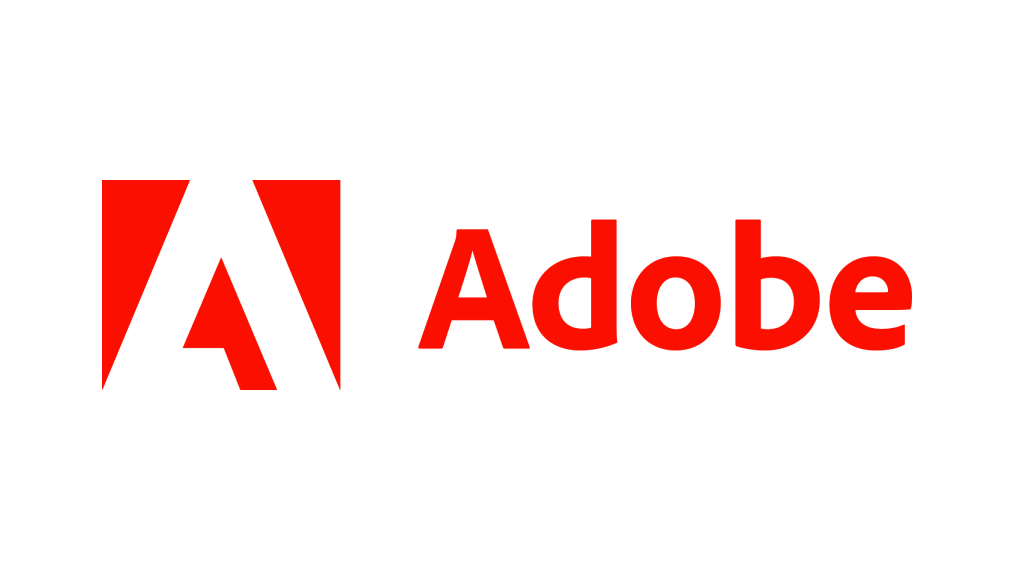More accurate subscription predictions through data science: How a propensity model strengthened our client in the media industry
- Data science & AI
- Data engineering & architecture
Client
Media
Industry
Media
Tools we used

Key Project Facts:
- Objective: Craft an advanced model to predict subscription likelihood and longevity
- Focus: Efficiently process Adobe Analytics raw data
- Cost-Efficiency: Ensure economical model implementation without compromising on quality
- Empowerment: Enhance skills of our client‘s data science team
In the competitive media industry, our client faced a critical challenge: accurately predicting subscription conversions and their sustainability. A propensity model can be used to forecast the probability of a certain behavior based on historical data. In this case, it is about the likelihood of taking out, renewing or canceling a subscription. As a longstanding partner for analytics and data related topics, FELD M began with a focus on leveraging the Adobe Analytics raw data (Clickstream Datafeed) to create a predictive model for subscription likelihood and retention.
This project not only aimed to develop a user score model but also to enhance the data modeling skills of our client’s team, as well as to create a feature store and optimize the infrastructure within Azure for future use cases.
Applying data science to craft a predictive model for subscription success
Our journey with our client began with an in-depth workshop to align objectives, followed by the setup of the Azure Cloud infrastructure, including critical components like a Virtual Network and Blob Storage. This foundational step was pivotal in introducing our client to Azure Cloud.
The creation of a Django project framework and a CI/CD pipeline facilitated efficient workflow and deployment processes. For data analysis, a Jupyter instance was crucial in identifying data trends and patterns.
Our team designed a robust data processing pipeline to manage millions of data points, laying the groundwork for a productive machine learning model. This model, leveraging the strengths of Random Forest and XGBoost, underwent iterative enhancements to adapt to concept drift and integrate new user touchpoints.
The focus on continuous model evaluation, coupled with sophisticated visualization techniques, ensured model accuracy and effectiveness. Integrating the propensity model with our client‘s systems involved exporting the calculated scores to Adobe and Blob Storage.
Regular collaborative sessions, including weekly meetings and pair-programming, were key in transferring knowledge and enhancing the client's software development proficiency.
Successful implementation of the propensity score model
The project's success was marked by the delivery of a highly accurate propensity score model, transforming our client‘s approach to subscription analytics in a positive way. The propensity score itself was integrated into Adobe Analytics, among other things, to enable user-level analyses. The model's precision in predicting subscription behaviors enabled more targeted marketing initiatives. Beyond the technical achievement, the project significantly uplifted the capabilities of our client’s data scientists.
The next step is to use the propensity score as the basis for calculating an engagement score, a very important metric in terms of subscriber lifetime value. In the long term, this can have a direct proactive influence on churn rates and customer loyalty.
Have a similar project?
Let's find out together how we can help!


